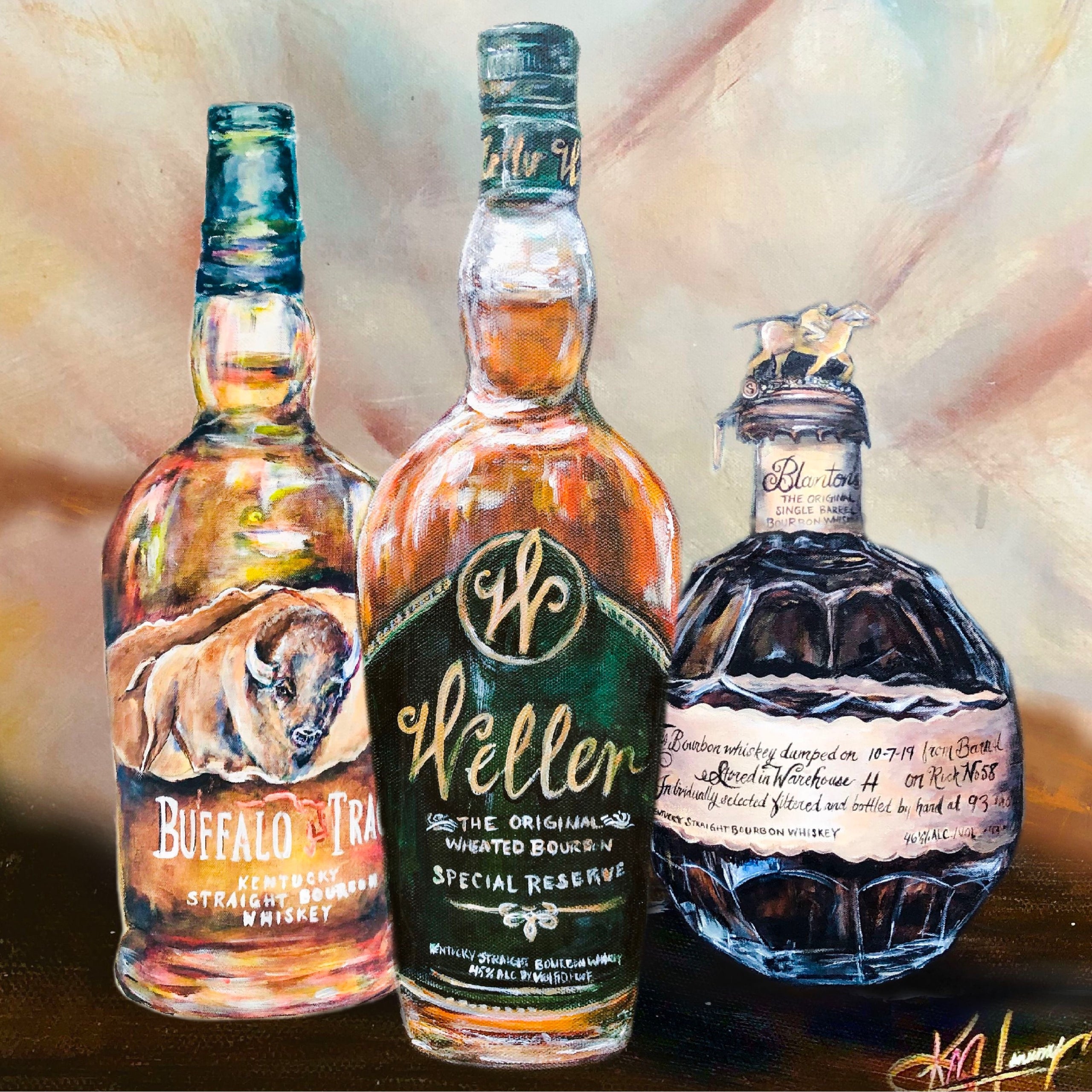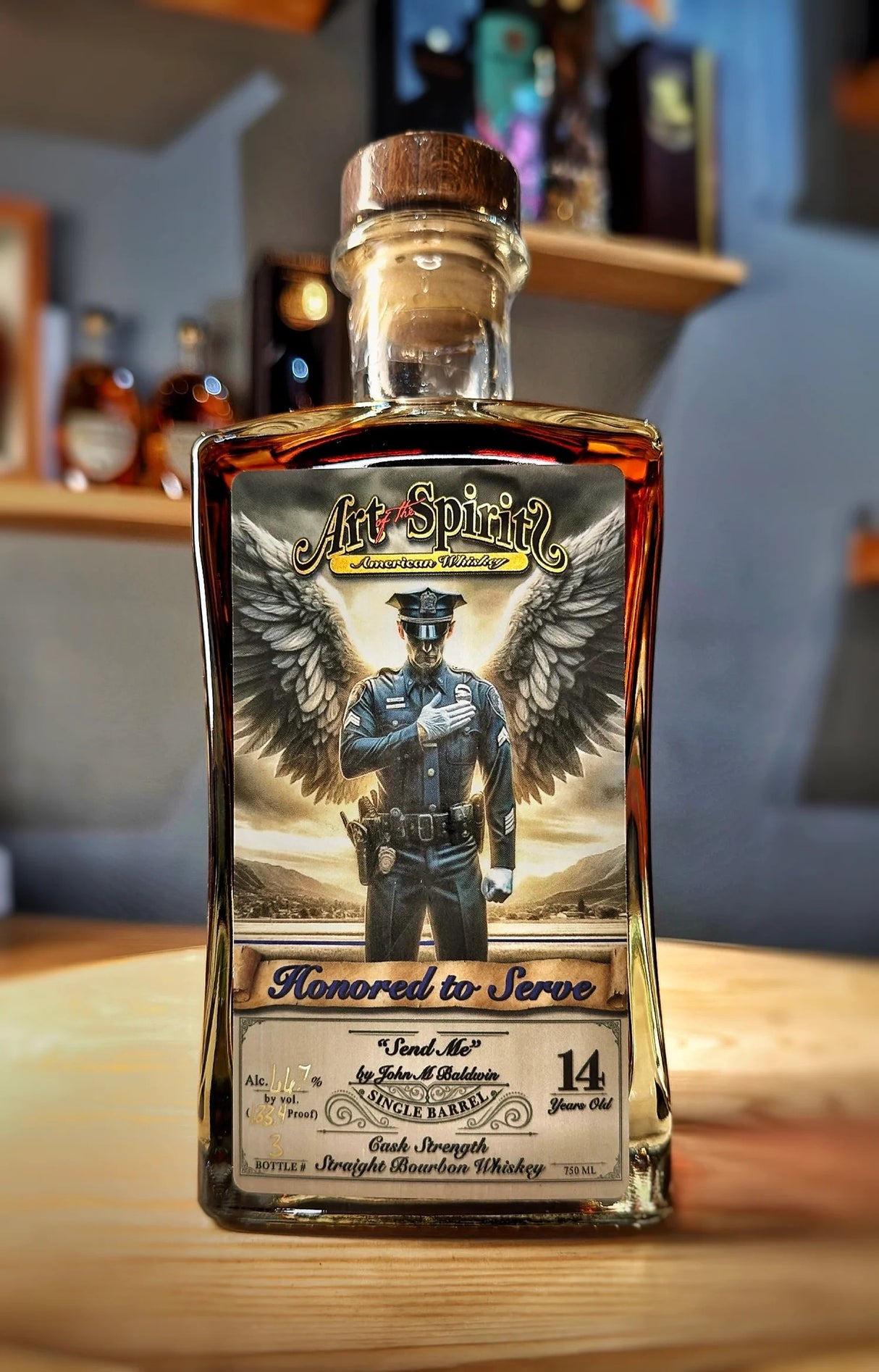Change Your Room with Stunning Whiskey Art Inspired by Nature
Change Your Room with Stunning Whiskey Art Inspired by Nature
Blog Article
The Value of Whiskey Art in Celebrating Heritage and Workmanship in the Beverage Industry
The complex partnership in between scotch art and the celebration of heritage and craftsmanship within the drink industry can not be overemphasized. Via attentively created labels and bottles, scotch brands envelop their historic roots and the artisanal skills that define their manufacturing techniques. This creative dimension not just improves market appeal but additionally functions as an avenue for cultural narration, cultivating a much deeper link in between the consumer and the craft. As we discover the various facets of this topic, appealing concerns about the effect of modern patterns on traditional methods develop, prompting further exam.
The Historical Roots of Whiskey
At the heart of whiskey's attraction lies an abundant tapestry of historic roots that trace back to old human beings. The origins of bourbon can be connected to the purification techniques of the Sumerians and Babylonians around 2000 BCE, where very early forms of fermented grain drinks started to emerge. However, it remained in the Center Ages that the art of purification evolved significantly, especially in Ireland and Scotland, resulting in the creation of scotch as we know it today.
The term "whiskey" itself stems from the Gaelic word "uisce beatha," indicating "water of life." This phrase underscores the cultural significance of whiskey in Celtic societies, where it was frequently connected with rituals, events, and public bonding. By the 15th century, distillation came to be an acknowledged craft within monastic areas, leading the way for the facility of legal distilleries.
As profession paths increased, bourbon's appeal grew, going beyond local boundaries and recording the interest of lovers worldwide. Whiskey Art. This historical journey shows not just the craftsmanship behind scotch manufacturing yet likewise its indispensable duty in social and social contexts, noting it as a substantial drink throughout background
Artistic Expression in Branding
Whiskey branding stands as a compelling junction of creativity and commerce, where aesthetic identity plays an important duty in shaping consumer understanding. The aesthetics of scotch labels, product packaging, and marketing materials show not only the brand name's tale however likewise its core values and heritage. With artistic expression, distilleries share a story that resonates with consumers, stimulating feelings and stimulating connections.
The use of shade, typography, and images in branding serves to separate items in a saturated market. Traditional concepts may evoke a feeling of authenticity and craftsmanship, while modern styles can represent advancement and forward-thinking. This tactical creative direction improves brand name recognition and commitment, enabling customers to create an individual relationship with the whiskey they choose.
Moreover, creative expression in branding frequently works as an event of local heritage. Distilleries regularly include neighborhood symbols or historic recommendations into their layouts, creating a local color that invites consumers to take part in a more comprehensive social experience. Inevitably, the creativity behind bourbon branding not just boosts visual allure however additionally enriches the overall narrative of the brand name, fostering a much deeper appreciation for the craftsmanship and heritage ingrained in each container.
Craftsmanship in Bottle Style
The creativity apparent in scotch branding expands beyond aesthetic identity to include the workmanship entailed in container layout. Each bottle functions as a vessel not just for the spirit within, but also for the story it tells concerning its origin, practice, and quality. The style process calls for meticulous interest to detail, as elements such as shape, material, and closure contribute dramatically to the total assumption of the bourbon.
Craftsmanship in container style involves choosing top quality glass that can enhance the scotch's shade and quality, while additionally giving a responsive experience for the customer. The shape of the container must be both cosmetically enticing and useful, usually mirroring the heritage of the brand name. Numerous distilleries go with unique forms or embossed logos that evoke a feeling of credibility and history.
Additionally, the label design and typography play an essential function in communicating the brand name's narrative. Realism Art. A well-crafted container not only captivates the consumer's eye yet additionally strengthens the brand's commitment to top quality and tradition. This way, the craftsmanship of container design comes to be an important element of the scotch experience, combining artistry with an extensive regard for heritage
Cultural Relevance of Whiskey Art
Celebrating custom and workmanship, the cultural relevance of scotch art goes beyond plain visual appeals, linking with the historical and social stories of the regions where it comes from. Each container works as a canvas, illustrating the special stories, mythology, and practices that have actually shaped regional whiskey-making practices. The elaborate layouts frequently reflect the heritage of the distillers, including symbols and motifs that resonate with the society and values of their areas.

Furthermore, scotch art plays an essential role in public gatherings and events, working as a tangible link between people and their shared experiences. By valuing the artistry in whiskey packaging, consumers cultivate a much deeper understanding and regard for the craft, eventually improving their satisfaction of the beverage itself.
Modern Trends in Bourbon Presentation
Over the last few years, the discussion of whiskey has developed to reflect contemporary preferences and trends while still honoring traditional craftsmanship - Realism Art. Distilleries are increasingly concentrating on aesthetic aspects that improve the general drinking experience, connecting the void in between heritage and modernity
Cutting-edge bottle designs have actually emerged, usually including lasting materials and imaginative labels that inform engaging stories. Lots of brand names now team up with local musicians, infusing their products with special visual expressions that resonate with consumers. Additionally, limited-edition releases are commonly packaged in collectible containers, including value and appeal for connoisseurs.

Verdict
In final thought, whiskey art functions as an essential conduit for sharing the heritage and workmanship fundamental in the beverage market. Via complex branding, ingenious bottle styles, and culturally substantial creative elements, scotch brand names efficiently recognize their customs and attach with customers. This artistic narrative not just elevates the admiration of scotch however also strengthens neighborhood identification and satisfaction among producers. Inevitably, whiskey art plays an essential duty in preserving and celebrating the rich social tapestry of whiskey-making.


Craftsmanship in bottle layout entails selecting top quality glass that can enhance the whiskey's shade and clearness, while additionally giving a tactile experience for the consumer. In this way, the workmanship of bottle design becomes an essential element of the scotch experience, combining creativity with an extensive respect for heritage.
In verdict, scotch art serves as an important conduit for expressing the heritage and craftsmanship intrinsic in the beverage market.
Report this page